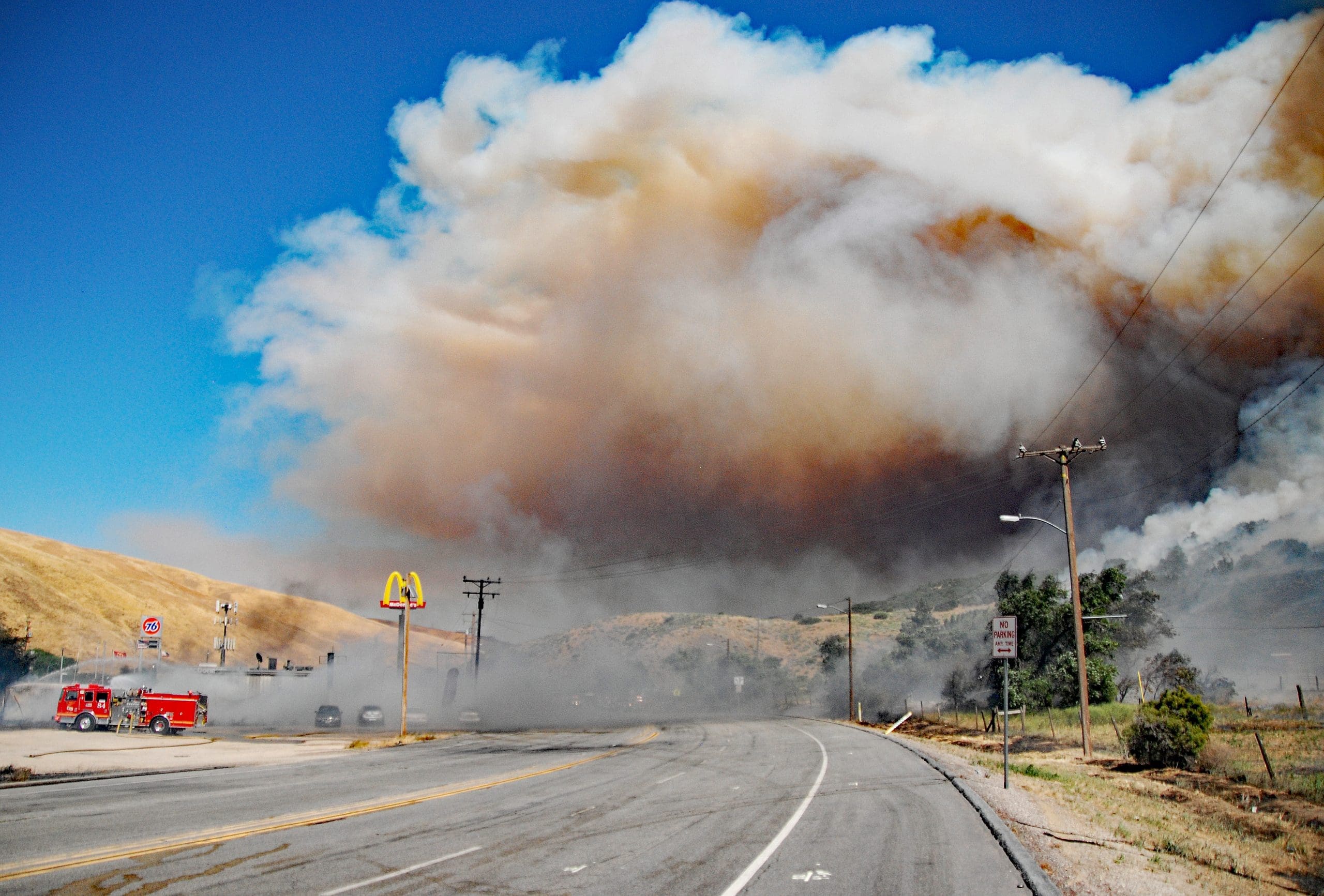The wildfire season in California has started with alarming intensity. As of June 20, over 90,000 acres of land have been engulfed in flames, stretching firefighting resources dangerously thin and necessitating widespread evacuations. Harsh weather conditions, including powerful winds, low humidity, and scorching temperatures, have ignited more than 30 wildfires across a vast stretch from Los Angeles County to Colusa County in Northern California, with two major fires rapidly consuming over 15,000 acres each. This early surge in wildfire activity has sparked concerns among fire officials about the hotter months ahead and the potential for even more devastating fires as the fall and associated dry winds approach.
The National Weather Service has issued excessive heat warnings across much of Southern California, including Los Angeles and Riverside counties, forecasting temperatures of up to 108 degrees. This intensifies the potential for wildfires—as we’ve already seen during the past 30 days. Recent fires have mainly been grass fires fueled by strong winds, resulting in significant burns, including the Post Fire near Gorman in L.A. County. Despite fewer overall fires than the five-year average, the acreage burned is notably higher, indicating a landscape ripe for rapid fire propagation.
So far this year, there have been 2,237 fires, less than the five-year average of 2,689. However, officials are concerned about weather conditions priming the landscape for rapid fire spread.
The two largest wildfires in the state, both of which were sparked last weekend, have been driven southward by northerly winds, causing them to take on an elongated shape. The Post fire had destroyed up to 15,690 acres and was only 61% contained last Tuesday. The Sites fire, situated southeast of Stonyford in Colusa County, had expanded to 19,195 acres and was 25% contained as of Friday morning, as reported by CAL FIRE officials. Firefighting crews at both locations were preparing for a hot weekend due to the forecasted heat dome. However, weather officials indicated that the heat dome wouldn’t bring the gusty winds that had previously created critical fire conditions this time.
California residents must prepare for an active wildfire season this fall. Following two wet winters and forecasts for a warmer-than-normal summer, the state’s landscape will likely be primed for fire.
The recent fires in Los Angeles and Sonoma counties have prompted evacuations, but this may be just the beginning. The lush vegetation, nourished by unusually high precipitation levels over the past two years, will gradually dry out and become more flammable as the summer months get hotter. This process, known as “fuel loading,” has already begun at lower elevations but has not yet occurred at higher elevations. These higher areas, where some of the worst wildfires have occurred, are currently still damp from recent rain and snow. However, they are expected to become drier and more prone to fires as we head into late summer.
Please keep in mind the following information: There are several important factors to consider, including the shift from El Niño to La Niña. La Niña typically brings reduced rainfall to the West Coast, particularly in Southern California. The most recent La Niña event coincided with the state’s three driest years on record, from 2020 to 2022, and resulted in unprecedented wildfire damage. Furthermore, global warming leads to higher temperatures worldwide and a drier atmosphere. These changes can lead to increased extraction of water from the land, contributing to hotter and faster-spreading fires in the Western region and other arid areas.









